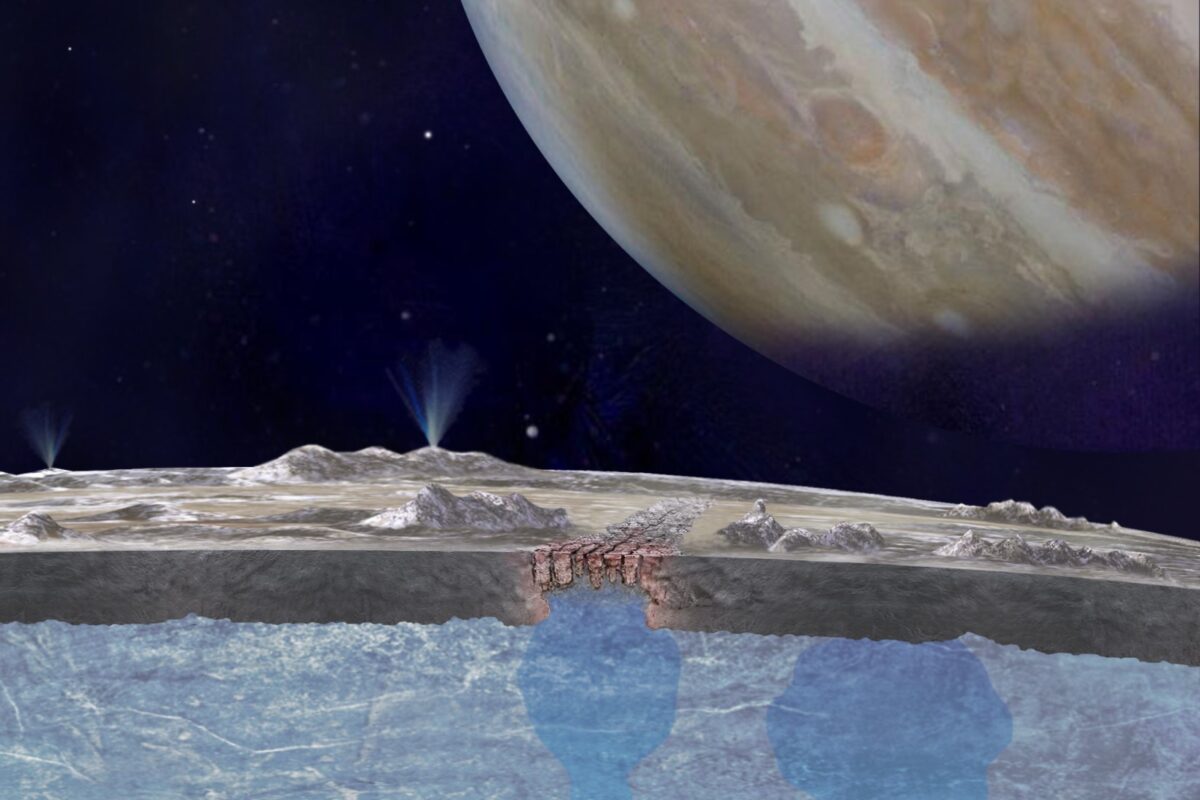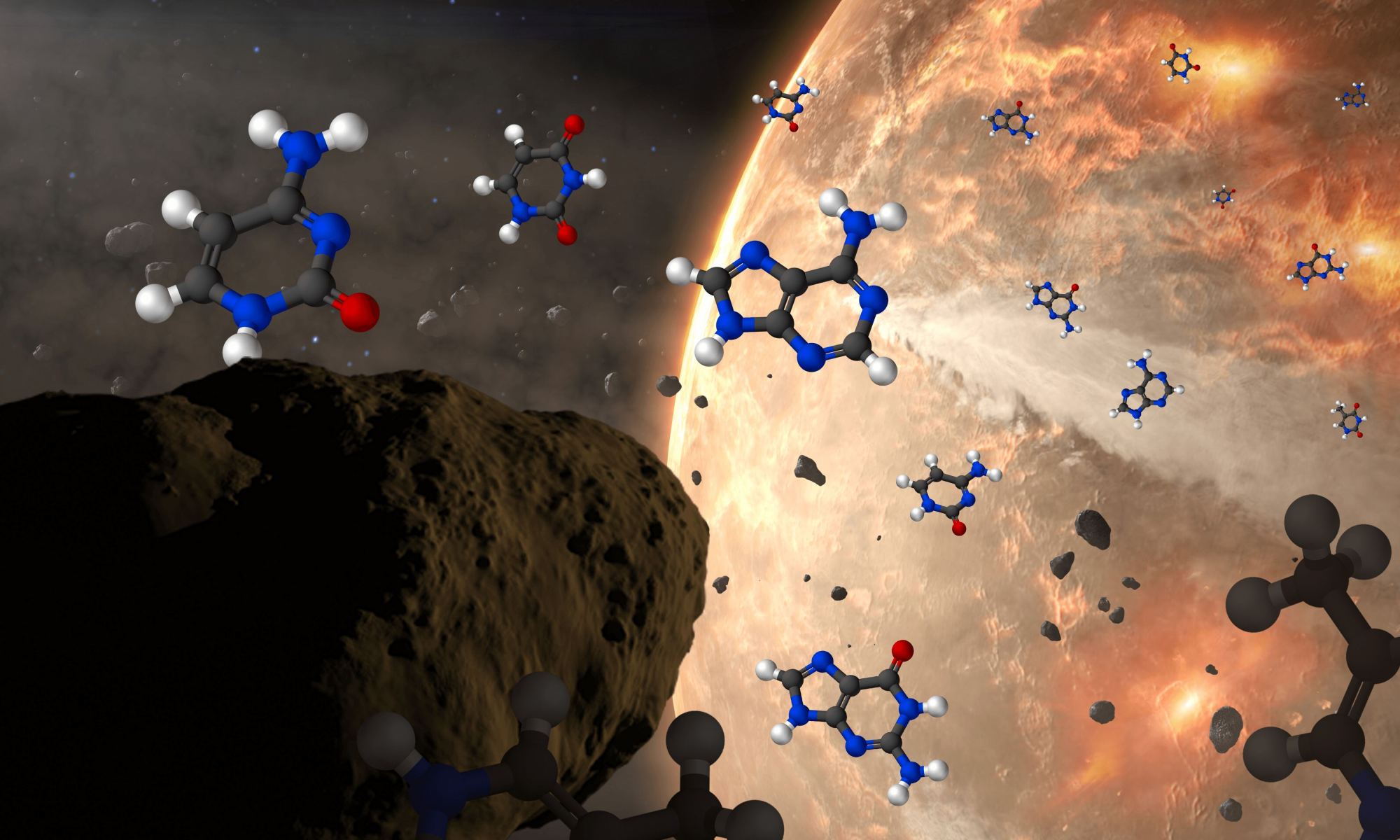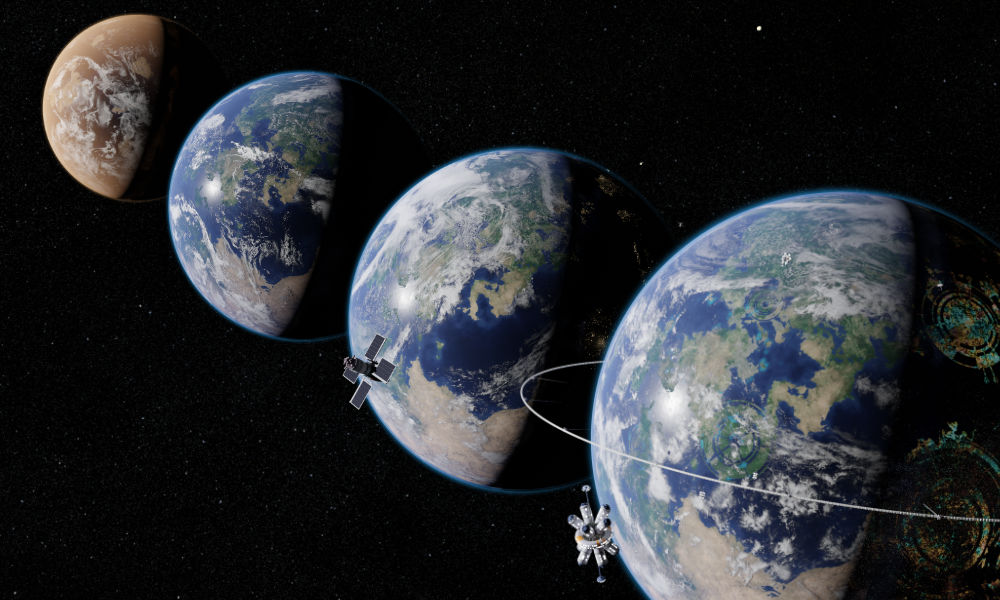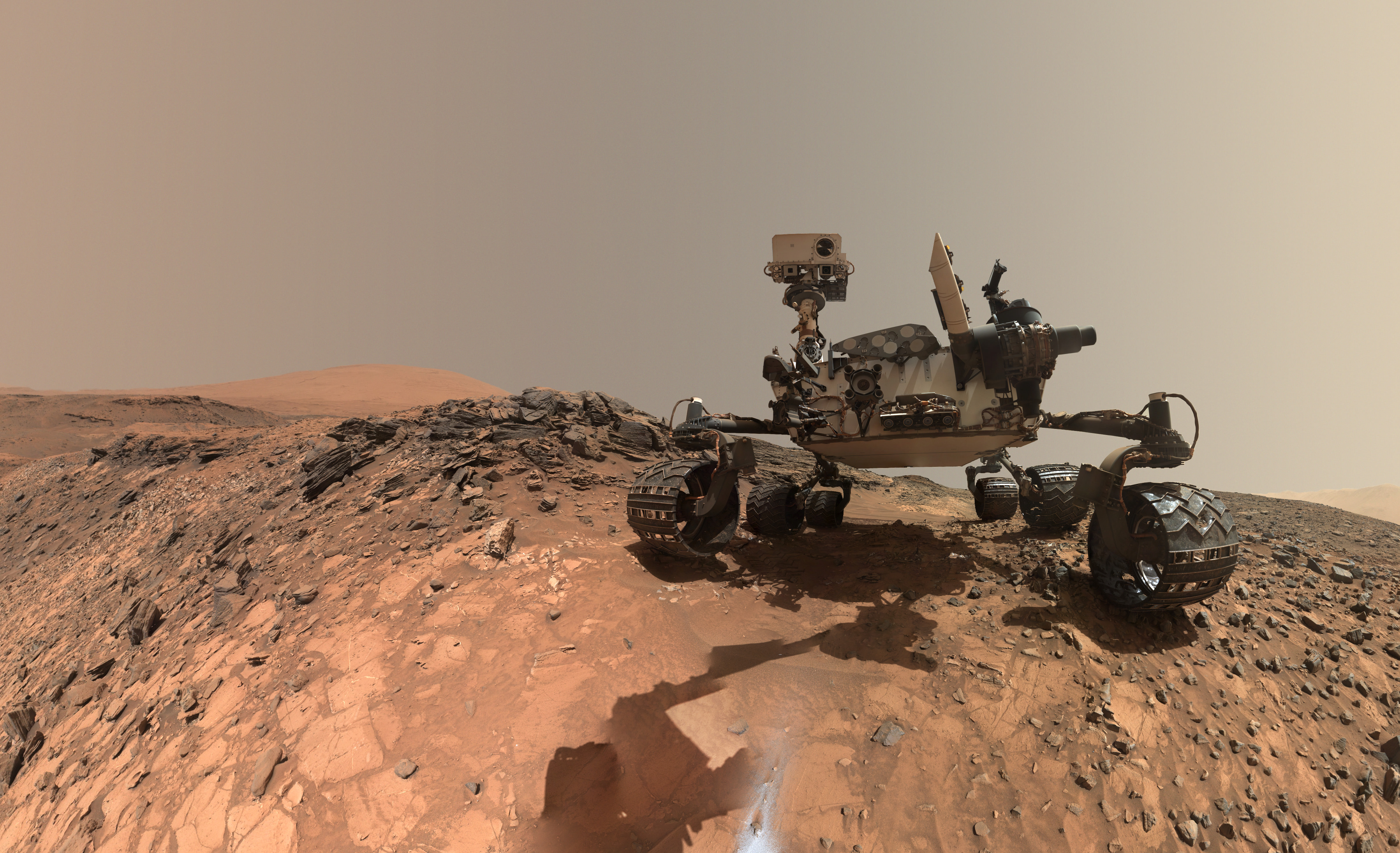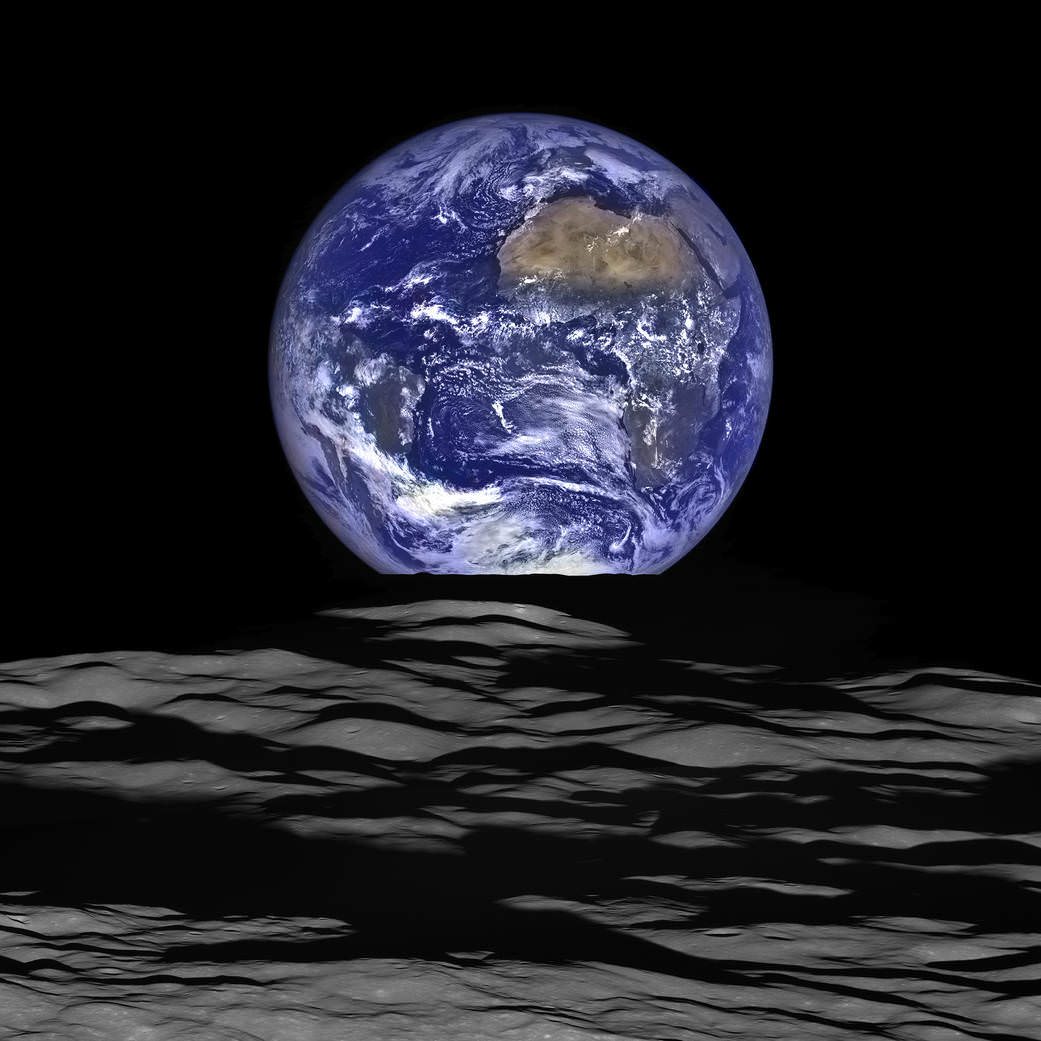A team of researchers at the University of Tokyo have discovered a set of RNA molecules that are capable of replication and diversification. This potentially allows the molecules to undergo Darwinian evolution, pointing the way to a possible first step to life on Earth. As lead author Assistant Professor Ryo Mizuuchi said, “The results could be a clue to solving the ultimate question that human beings have been asking for thousands of years — what are the origins of life?”
Continue reading “Scientists Create Molecules that can Follow Darwinian Evolution”Scientists Create Molecules that can Follow Darwinian Evolution


